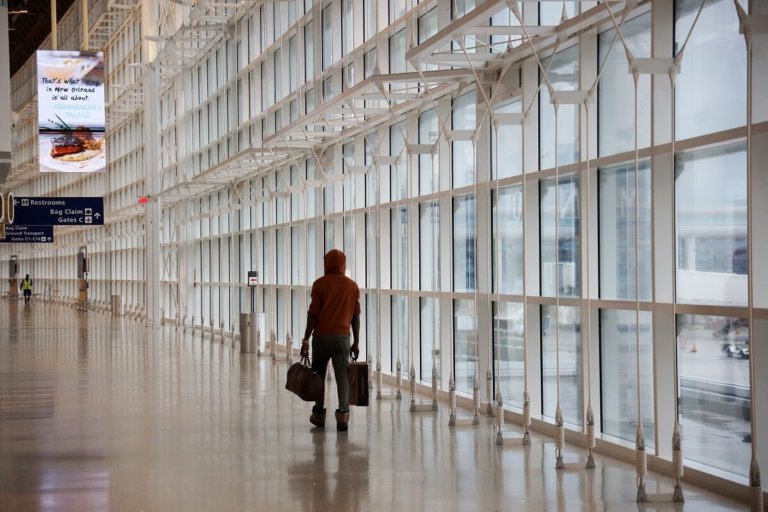
If you’re planning to return to or start university in the US in fall 2020, you’ll need to pay close attention to the status of US borders today.
Every year, internationals students make up around five percent of the total number of students in American higher education institutes. This year, however, Inside Higher Ed estimates that international student enrolment could take a 25 percent dip in the coming academic year, which could translate to a US$23 billion revenue loss for US universities.
If you are a part of this student group, you may have many questions about crossing US borders for the new academic year. Here’s what we know so far.
Who is barred from crossing US borders?
US President Donald Trump has issued several presidential proclamations to limit travel into the US since COVID-19 broke nationwide in January.
One on January 31 bans foreign nationals who had visited China, Iran, the UK, Ireland and any European country in the Schengen Area 14 days prior from entering the US. See the full list of countries here.
Anyone not on the banned list will still have to self-quarantine for 14 days upon entry.

Crossing US borders in the coming months? Be prepared to have your temperature taken several times, among other precautionary measures. Source: Julio Cesar Aguilar/AFP
No green cards, but temporary visas allowed
In another proclamation, the issuance of Permanent Resident permits (known as green cards) was effectively halted for the next 60 days. The US government, however, has clarified this does not affect temporary visas for students, exchange visitors, H-1B workers, and visitors.
At the same time, graduate admissions chair at the University of Massachusetts Amherst Rebecca Hamlin told VOA News that even international students who are taking classes remotely from their home country “can’t be an officially enrolled student and take classes for a grade until their student visa has been processed.”
This brings up another query for international students with expiring student visas…
Are immigration services currently accessible?
According to US Citizenship and Immigration Services (USCIS) website, offices around the country will only reopen on June 4 (or later, depending on public closures). It promises that “USCIS staff are continuing to perform duties that do not involve face-to-face contact with the public,” including “emergency services for limited situations.”
When you call our 1-800 number, you may notice we’ve switched to a voice-activated system. This provides a faster response to your initial questions & gives the option for follow-up text messages & emails containing web links & other requested info. More: https://t.co/D7zOU1MnJ7 pic.twitter.com/6N4DisXn8o
— USCIS (@USCIS) May 18, 2020
International students can still file for visa renewal online but there’s no predicting the timelines they face in securing it.
Therefore, international students entering the US — especially for the first time — should only make travel plans after confirming their university’s plans for fall 2020.
While some universities intend to reopen come September, many are choosing to start the academic year online. Others are taking a cautious wait-and-see approach. Whether or not you cross US borders in the coming months depends on the status of your university and visa.
What about Optional Practical Training (OPT)?
NBC News reports that the OPT is also up in the air as the government mulls its suspension. This is one of the recommendations the Department of Homeland Security recently submitted to the White House to control immigration during the pandemic.

Are graduating students still hoping to secure OPT and employment in the US? Source: Andrea Piacquadio/Pexels
It has so far received backlash from several quarters, including Julie Schmid, executive director of the American Association of University Professors.
She pointed out that not only do international students contribute nearly US$41 billion a year to the US economy, but they also participate greatly in education and research. Suspending OPT “threatens the international exchange of ideas so vital to academic freedom,” Schmid said.
Liked this? Then you’ll love…
Between home and a future: Inside the OPT conundrum of Indian students in the US
COVID-19: Here’s one way to get international student emergency funding in the US







